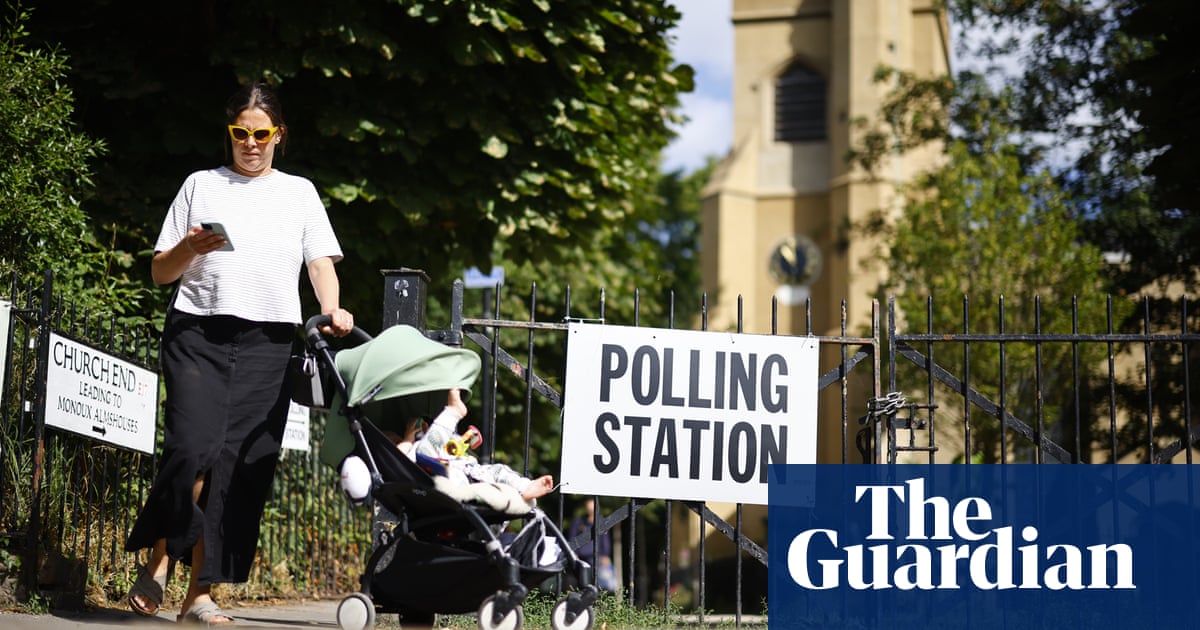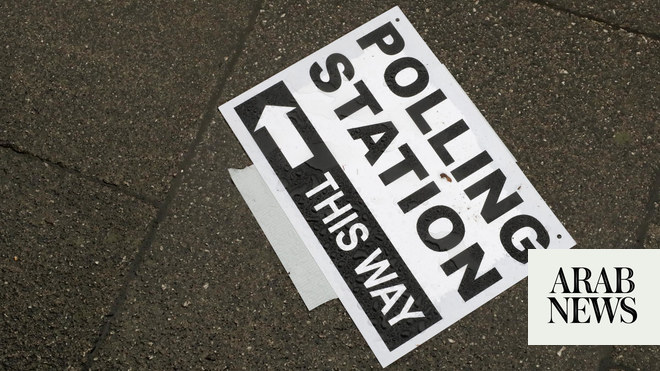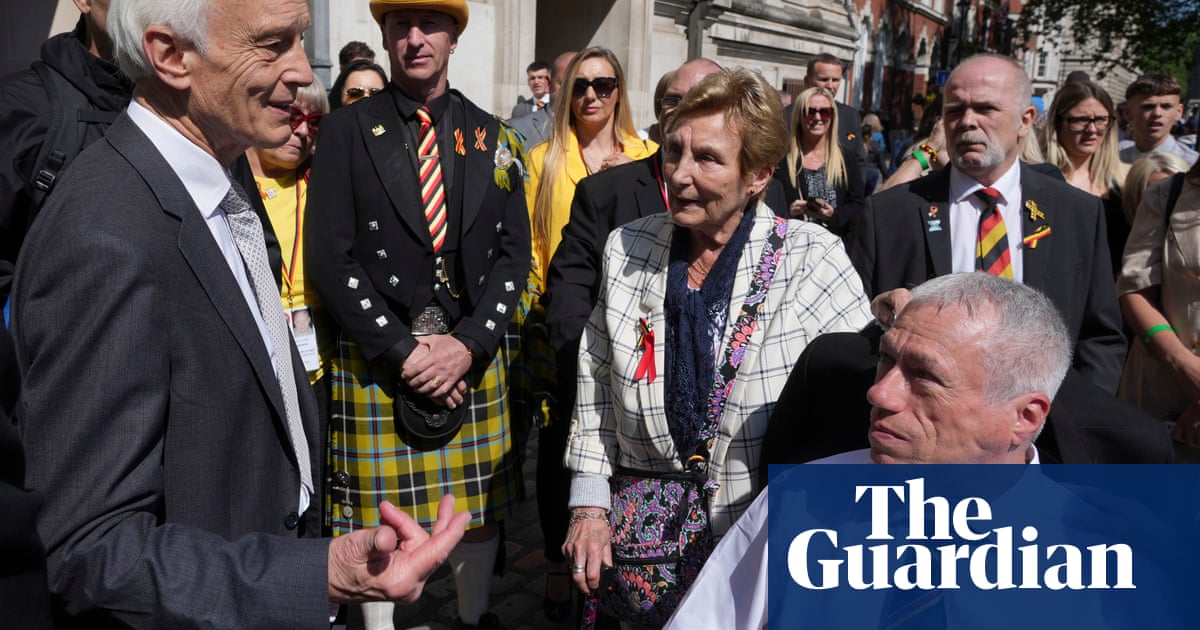
A Labour landslide after the Conservative party’s collapse was the big takeaway from Thursday’s election, but beneath the headlines, shifting voting patterns demonstrated just how much the UK’s electorate has changed.
Smaller parties achieved record vote shares, while independent candidates broke through in many places and the Liberal Democrats saw a return to their status as the third largest party.
Below are some of the key takeaways showing how the smaller parties upset both the Conservatives and Labour in the polling booth.
1. A breakdown in first past the post
The 2024 election was “one of the most disproportionate results in recent history”, according to the Electoral Reform Society, with Labour winning 63% of seats from only 33.8% of the vote.
The UK uses a first-past-the-post system, which tends to exaggerate the representation of larger parties in parliament in order to create majorities, and often leaves smaller parties clutching on to a handful of seats relative to their vote share.
If the UK used a more proportional system, Reform UK would expect to have 93 MPs, the Green party 44, the Lib Dems 79, the Conservatives 154, and Labour would have only 220.
2. A Gaza election saw a rise in independents
UK general election results 2024 live tracker: Will Keir Starmer or Rishi Sunak be prime minister?
UK general election results in full: Labour wins in landslide
Read more
As well as in the four seats that Labour lost to pro-Palestinian candidates, the results show that the Labour party saw its vote share fall across the board in constituencies with large Muslim populations.
Those included Ilford North, where the shadow health secretary, Wes Streeting, held on by just 528 votes against the independent challenger Leanne Mohamad.
Keir Starmer was heavily criticised for comments he made early on in the Israel-Gaza war to the effect that Israel had the right to withhold power and water from civilians in Gaza. He later sought to clarify the remarks.
3. Tactical voting may have helped the Lib Dem surge
The Lib Dems won 72 seats – a big improvement on their 2019 performance, when the party returned just 11 MPs.
The party’s strong performance may have been aided by Ed Davey’s unorthodox campaigning, which included him visiting Thorpe Park, going bungee jumping and whizzing down a waterslide.
However, the results show that tactical voting between Lib Dems and Labour probably also played a part. In seats that the Lib Dems won, Labour’s losses correlated strongly with Lib Dem gains, suggesting that some voters switched as part of an anti-Tory strategy.
4. Reform UK and the Greens are now future challengers
The rise in small parties and the Conservative collapse means the next election will be fought on a very different battleground from any in recent history.
Reform are now second place in 103 seats, 93 of which were won by Labour this time. Meanwhile, the Greens are second place in 47 seats, 45 of which returned Labour MPs on Thursday.
The Conservatives will hope that their 298 second-place finishes (222 of them to Labour) will enable them to bounce back when Britain next heads to the polls. Thursday’s vote could have gone a lot worse for them – of Labour’s 100 second-place finishes, 87 were in constituencies won by Tories.












